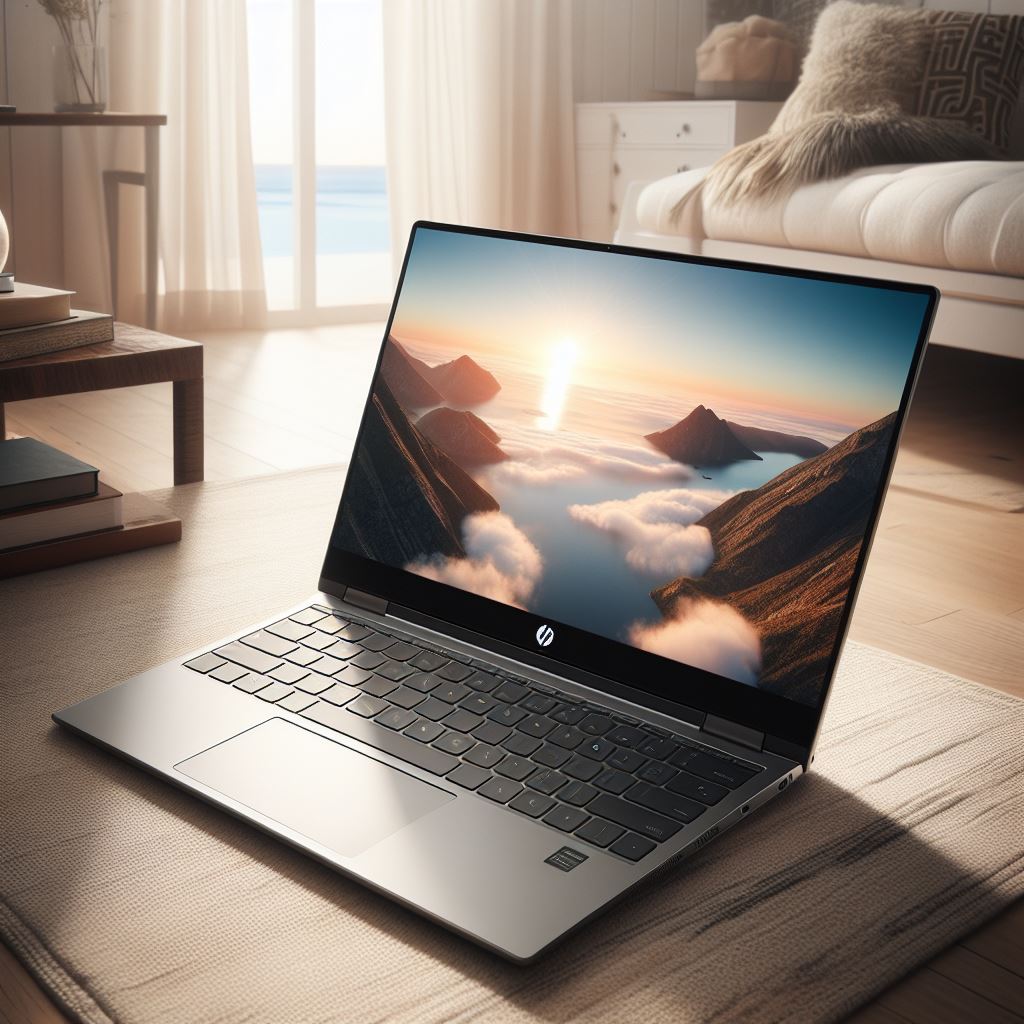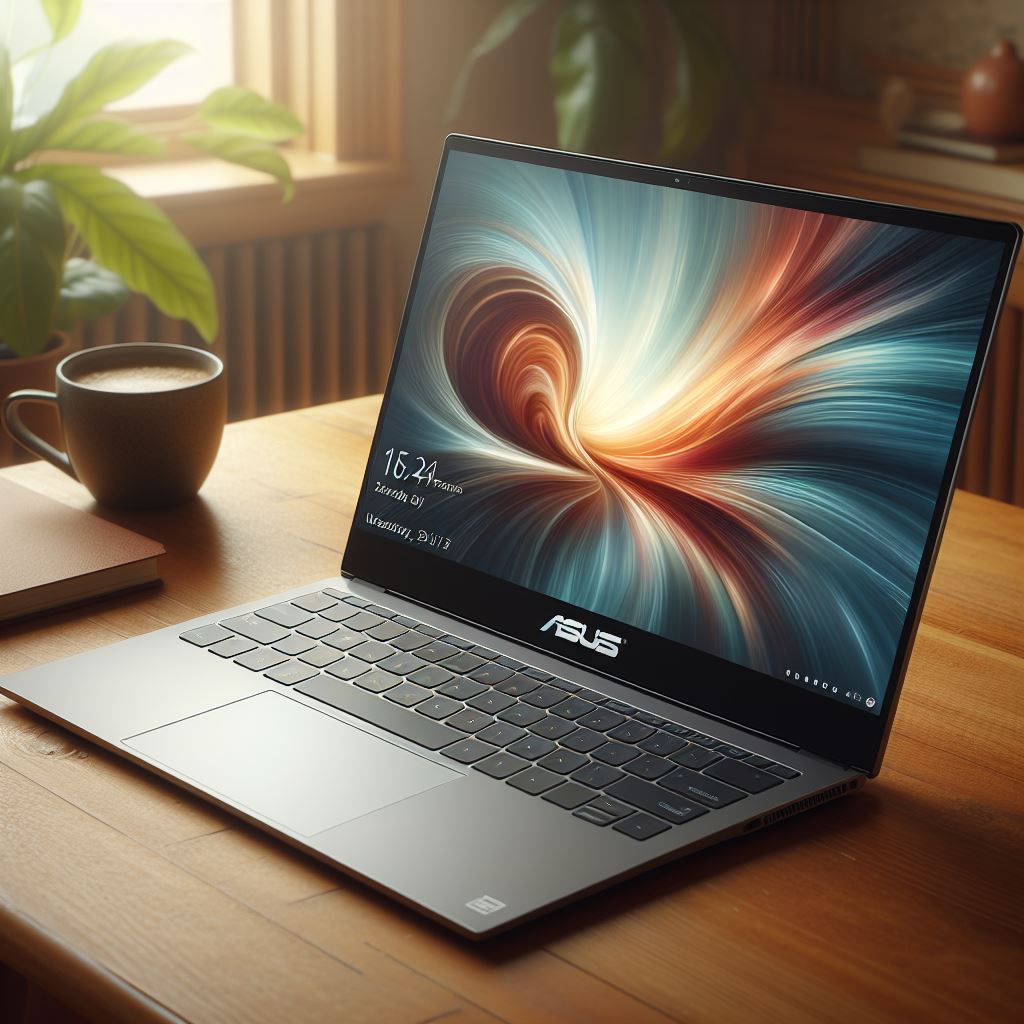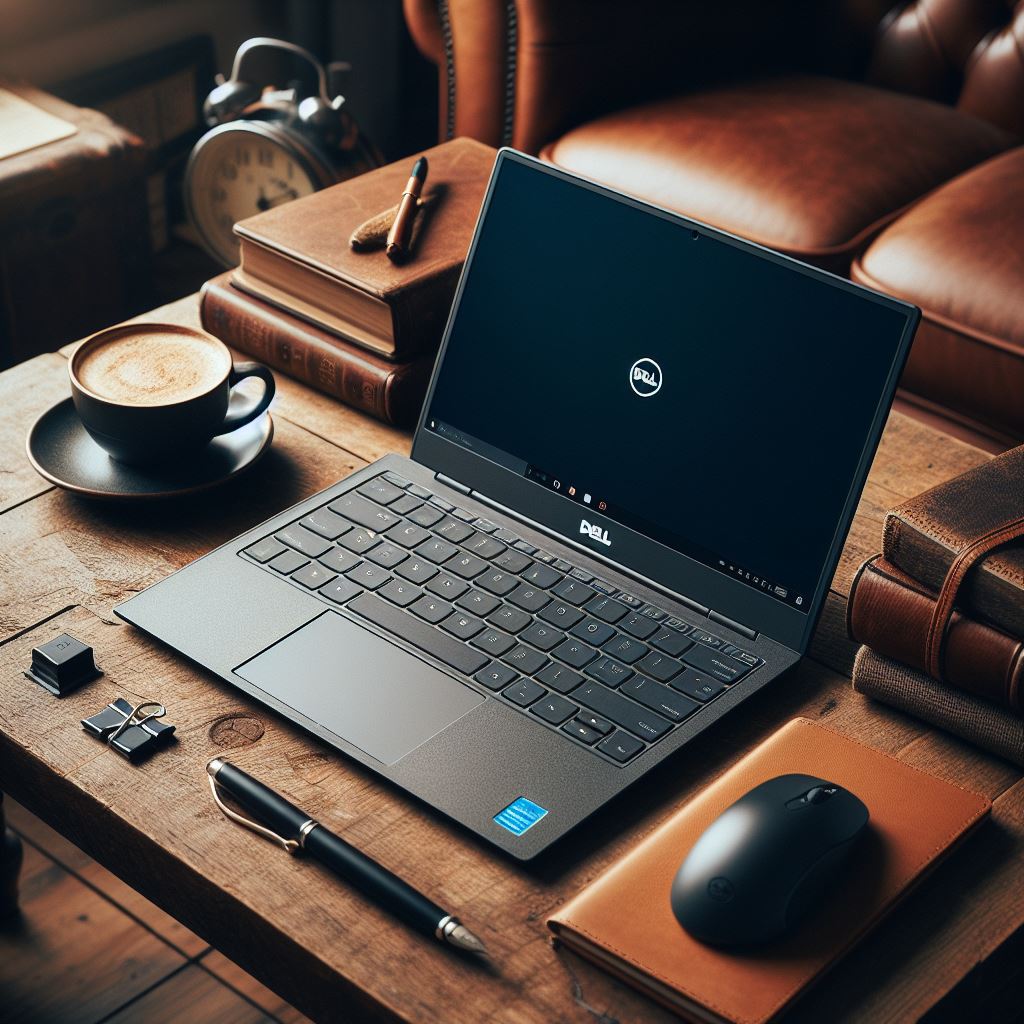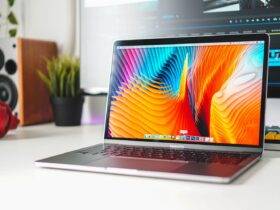Introduction
Welcome to “The Ultimate Guide to best budget laptop for student.” In this comprehensive guide, we’ll delve into the best budget laptop for student, providing detailed specifications, advantages, and disadvantages for each laptop. Whether you’re a student on a budget or a parent looking for a reliable device, this guide will help you navigate through the diverse options available in the market.

1. Acer Aspire 5: A Balance of Power and Portability
Specifications:
- Processor: Intel Core i5
- RAM: 8GB
- Storage: 256GB SSD
Advantages: The Acer Aspire 5 stands out as a budget-friendly option with its Intel Core i5 processor, offering commendable processing power. With 8GB of RAM, it provides a smooth multitasking experience, catering to students who engage in various academic tasks simultaneously. The inclusion of a 256GB SSD not only ensures faster data access but also contributes to the laptop’s lightweight and portable design.
Disadvantages: However, the Acer Aspire 5 does come with limitations, particularly in graphics capabilities. Users engaged in graphic-intensive tasks such as gaming or design work might find the laptop lacking in this aspect.
2.Lenovo IdeaPad 3: Ample Storage, Decent Power
Specifications:
- Processor: AMD Ryzen 5
- RAM: 8GB
- Storage: 512GB SSD
Advantages: The Lenovo IdeaPad 3 distinguishes itself with ample storage space, featuring a robust 512GB SSD. This makes it an ideal choice for students who require substantial storage for multimedia files, projects, and applications. The AMD Ryzen 5 processor, combined with 8GB of RAM, ensures a decent processing power suitable for a wide range of academic tasks.
Disadvantages: Despite its impressive storage capacity and processing power, the IdeaPad 3 falls short in build quality, categorized as average. Users seeking a laptop with a more premium feel might need to consider this aspect.
3.HP Pavilion x360: Versatility in Design

Specifications:
- Processor: Intel Core i3
- RAM: 4GB
- Storage: 128GB SSD
Advantages: The HP Pavilion x360 excels in versatility with its 2-in-1 design, allowing users to switch between laptop and tablet modes effortlessly. Its compact and lightweight build enhances portability, catering to students who are always on the move. The Intel Core i3 processor and 128GB SSD contribute to a responsive and efficient computing experience.
Disadvantages: On the downside, the limited 4GB of RAM may pose challenges for users engaged in multitasking or running memory-intensive applications.
4.Dell Inspiron 14: Powerhouse Performance
Specifications:
- Processor: Intel Core i7
- RAM: 12GB
- Storage: 256GB SSD
Advantages: The Dell Inspiron 14 positions itself as a powerhouse with its Intel Core i7 processor and a substantial 12GB of RAM. This combination ensures a robust performance, making it suitable for students involved in demanding tasks such as video editing or running virtual machines. The 256GB SSD contributes to quick boot times and seamless data access.
Disadvantages: However, the Inspiron 14 does come with a trade-off, as its relatively higher price within the budget range may limit its accessibility for some students.
5.ASUS VivoBook 15: High RAM, Large Storage

Specifications:
- Processor: AMD Ryzen 7
- RAM: 16GB
- Storage: 512GB SSD
Advantages: The ASUS VivoBook 15 impresses with its high RAM capacity, boasting 16GB for smooth multitasking and efficient handling of resource-intensive applications. Additionally, the generous 512GB SSD ensures ample storage space for files and programs, enhancing the overall performance.
Disadvantages: However, users need to consider the weight factor, as the VivoBook 15 is relatively heavier compared to other options in its category.
6.Acer Swift 3: Sleek Design, Quick Boot
Specifications:
- Processor: AMD Ryzen 5
- RAM: 8GB
- Storage: 256GB SSD
Advantages: The Acer Swift 3 combines a slim and lightweight design with a fast 256GB SSD, contributing to quick boot times and a portable computing experience. The AMD Ryzen 5 processor ensures a balance between power and efficiency, making it suitable for students who prioritize mobility without sacrificing performance.
Disadvantages: However, users should be mindful of the average battery life, as it may require more frequent charging during extended usage.
7.Lenovo Flex 5: Flexibility in Design
Specifications:
- Processor: AMD Ryzen 5
- RAM: 16GB
- Storage: 256GB SSD
Advantages: The Lenovo Flex 5 offers a versatile 2-in-1 design, providing flexibility for users who require both a laptop and tablet experience. With a large 16GB of RAM, it caters to those engaged in extensive multitasking, ensuring a smooth and responsive performance. The 256GB SSD further enhances the overall speed and efficiency of the laptop.
Disadvantages: While excelling in flexibility and multitasking, some users may find room for improvement in the display quality, particularly if they are involved in tasks where visual clarity is crucial.
8.HP 14: Budget-Friendly Performance
Specifications:
- Processor: Intel Pentium Gold
- RAM: 4GB
- Storage: 128GB SSD
Advantages: The HP 14 stands out as a budget-friendly option with an emphasis on faster performance, thanks to the inclusion of a 128GB SSD. The Intel Pentium Gold processor provides a satisfactory computing experience for everyday tasks, making it an ideal choice for students on a tight budget.
Disadvantages: However, users should be mindful of the limited 4GB of RAM and processing power, which may impact the laptop’s ability to handle more demanding applications.
9.Dell Latitude 3310: Durability Meets Performance

Specifications:
- Processor: Intel Core i5
- RAM: 8GB
- Storage: 256GB SSD
Advantages: The Dell Latitude 3310 focuses on durability with its robust build quality, making it suitable for students who prioritize a reliable and sturdy device. The Intel Core i5 processor, combined with 8GB of RAM, ensures good performance for productivity tasks, enhancing the overall user experience.
Disadvantages: While offering durability and performance, the slightly higher price point may be a consideration for users strictly adhering to a budget.
10.ASUS Chromebook Flip C434: Portability and Long Battery Life
Specifications:
- Processor: Intel Core M3
- RAM: 4GB
- Storage: 64GB eMMC
Advantages: The ASUS Chromebook Flip C434 brings portability to the forefront with its lightweight design, making it an ideal companion for users constantly on the move. The Chromebook’s reliance on ChromeOS ensures a longer battery life, and the 64GB eMMC storage provides sufficient space for online-centric tasks.
Disadvantages: However, users should be aware of the limited offline functionality due to ChromeOS, making it more suitable for those primarily working in an online environment.
11.Acer Chromebook 14: Affordability with a Large Display
Specifications:
- Processor: Intel Celeron N3160
- RAM: 4GB
- Storage: 32GB eMMC
Advantages: The Acer Chromebook 14 offers affordability with a focus on a larger display, making it conducive for productivity tasks. The Intel Celeron processor ensures a balance between cost-effectiveness and satisfactory performance for everyday use.
Disadvantages: The compromise lies in the limited storage space, which may require users to manage their files and applications more judiciously.
12.Lenovo Chromebook Duet: 2-in-1 Flexibility with Lenovo Chromebook Duet
Specifications:
- Processor: MediaTek Helio P60T
- RAM: 4GB
- Storage: 128GB eMMC
Advantages: The Lenovo Chromebook Duet stands out with its detachable keyboard, providing users with versatility in usage scenarios. Its compact and lightweight design, along with the 128GB eMMC storage, caters to those seeking a portable and flexible computing solution.
Disadvantages: However, users should note the limited processing power, which may pose challenges for those involved in more demanding tasks.
13.HP Stream 14: Budget-Friendly Vibrancy
Specifications:
- Processor: Intel Celeron N4000
- RAM: 4GB
- Storage: 64GB eMMC
Advantages: The HP Stream 14 targets budget-conscious users with its colorful and compact design. Its affordability, coupled with a 64GB eMMC storage solution, makes it an attractive choice for those looking for an entry-level device.
Disadvantages: However, the limited storage space may require users to manage their files diligently, and the compact design may not appeal to those seeking a larger screen for extended work sessions.
14.Dell Inspiron 11 3000: Flexibility Meets Affordability
Specifications:
- Processor: AMD A9
- RAM: 4GB
- Storage: 64GB eMMC
Advantages: The Dell Inspiron 11 3000 offers flexibility with its convertible design, providing users with the option to use it as a traditional laptop or in tablet mode. Its affordability, coupled with the AMD A9 processor, caters to users seeking a versatile and budget-friendly device.
Disadvantages: However, users should be mindful of the limited 4GB of RAM, which may impact the device’s ability to handle multiple tasks simultaneously.
15.ASUS L406MA: Lightweight and Budget-Friendly

Specifications:
- Processor: Intel Celeron N4000
- RAM: 4GB
- Storage: 64GB eMMC
Advantages: The ASUS L406MA emphasizes portability with its lightweight design, making it an excellent choice for users on the go. Its budget-friendly pricing, coupled with the 64GB eMMC storage, caters to those seeking an affordable and compact computing solution.
Disadvantages: However, users should be aware of the limited processing power, which may impact the laptop’s ability to handle more demanding tasks effectively.
Conclusion
In conclusion, the world of best budget laptop for student is diverse, offering a variety of options to cater to different needs and preferences. By considering factors such as processing power, RAM, storage, and build quality, students can make an informed decision that aligns with their academic and personal requirements. The best budget laptop for student in this guide provide a comprehensive overview of the market, combining affordability with performance. Happy laptop hunting!
Frequently Asked Questions (FAQs)
1.What factors should students consider when choosing a budget-friendly laptop?
Students should prioritize factors such as processing power, RAM, storage capacity, and overall build quality. These aspects ensure the laptop meets academic needs without compromising performance.
2.Can budget-friendly laptops handle multitasking effectively?
While budget-friendly laptops offer satisfactory performance, users should be mindful of RAM limitations. Extensive multitasking may be smoother on laptops with higher RAM capacity.
3.Is it worth investing in a laptop with a larger SSD?
A larger SSD provides ample storage for files and applications, contributing to faster performance. It’s beneficial for students who require substantial storage for their academic endeavors.
4.Are 2-in-1 laptops suitable for students?
2-in-1 laptops, like the HP Pavilion x360 and Lenovo Flex 5, offer versatility for different usage scenarios, making them suitable for students who value flexibility in their devices.
5.How does the display quality impact user experience?
While most budget-friendly laptops offer satisfactory displays, users involved in graphic-intensive tasks or those who prioritize visual clarity should consider display quality as a key factor.
6.Is it necessary to consider battery life when choosing a budget-friendly laptop?
Yes, battery life is crucial for students who are frequently on the move. Longer battery life ensures uninterrupted productivity, especially during lectures or study sessions without immediate access to power outlets.
















Hey would you mind sharing which blog platform you’re working with?
I’m planning to start my own blog in the near future but I’m having a tough time deciding between BlogEngine/Wordpress/B2evolution and Drupal.
The reason I ask is because your design seems
different then most blogs and I’m looking for something unique.
P.S Sorry for getting off-topic but I had to ask!
Hey there! I’ve been following your weblog for a long time now and finally got the bravery to go
ahead and give you a shout out from Kingwood Texas!
Just wanted to mention keep up the fantastic work!